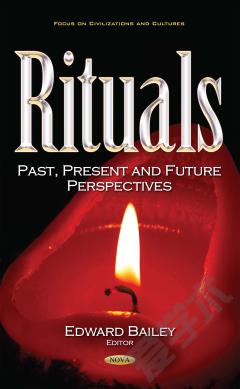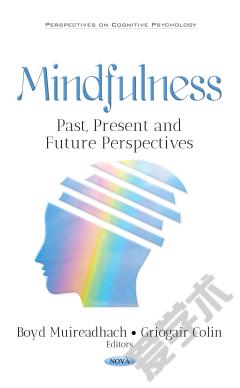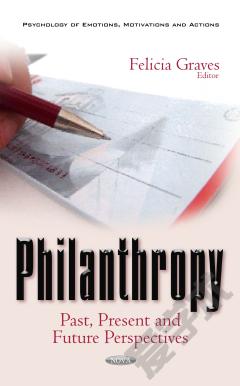Rituals: Past, Present and Future Perspectives
Rituals promote the ability to attribute meaning to our lives because rituals are profound structures that define the continuity of experience between the past, present and future. In this book, Chapter One reviews rituals as a storytelling process and social-action descriptor. Chapter Two provides a summary on trade networks in objects for the traditional Day of the Dead offering at Ozumba Tianguis. Chapter Three gives an introduction of a methodology for Quantitative Semiotics within a Systemic Approach and is conjoined by the ethnohistorical method for studying the preparations of the cempaxuchitl flower for the Day of the Dead offerings as carried out by two families. Chapter Four presents a study of the figures carved in a set of archaeological–osteological samples from the tomb site at Zaachila in Oaxaca, Mexico from a Quantitative Semiotics approach. Chapter Five examines issues in perinatal care and the spaces they are carried out, through the lens of ritual. Chapter Six explores the transition to motherhood in the context of migration through deep interviews with South American pregnant women who migrated to Italy. Chapter Seven examines ritual meaning to understand ritual functioning in the Italian and Chile contexts. Chapter Eight discusses the family ritual culture of the Kazakhs. Chapter Nine provides a review on the importance of rituals in understanding mass homicide.
{{comment.content}}








 京公网安备 11010802027623号
京公网安备 11010802027623号